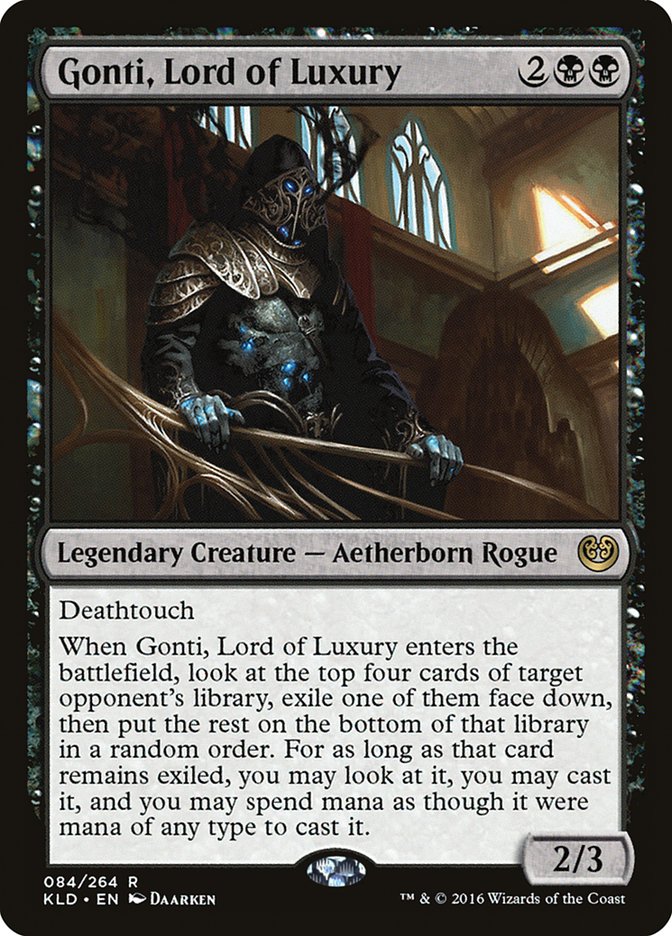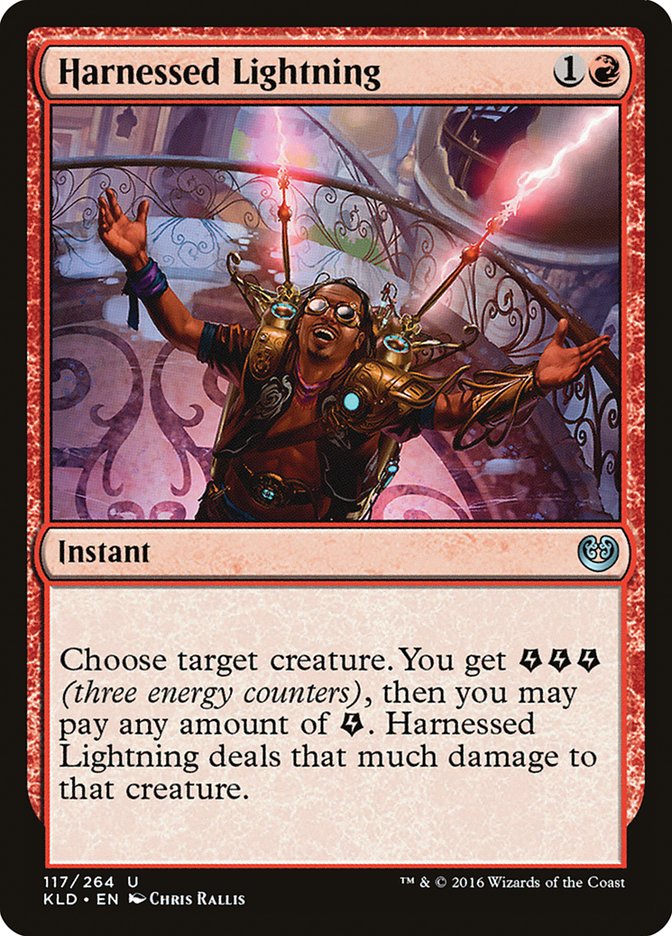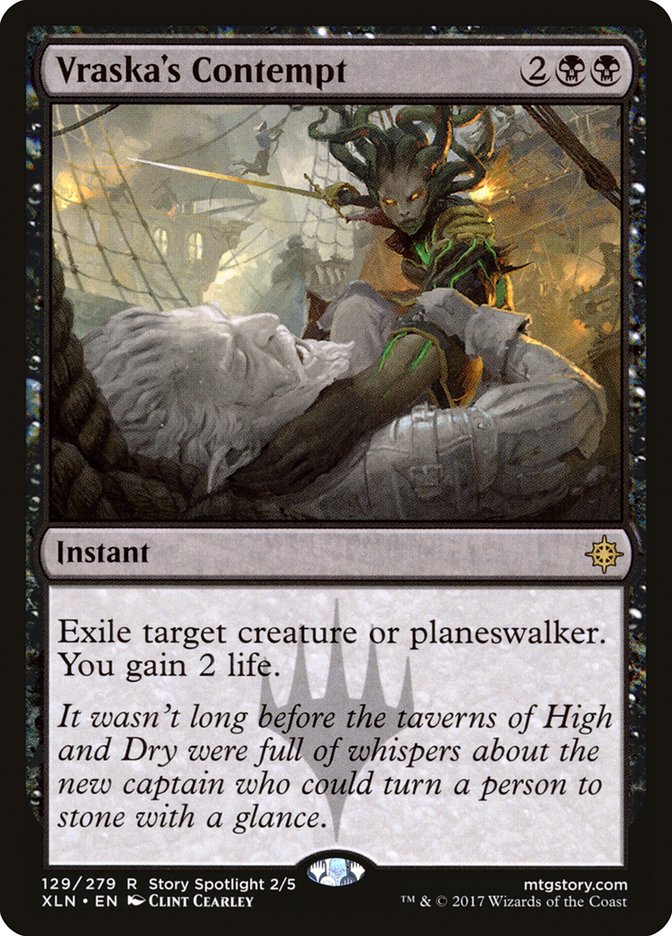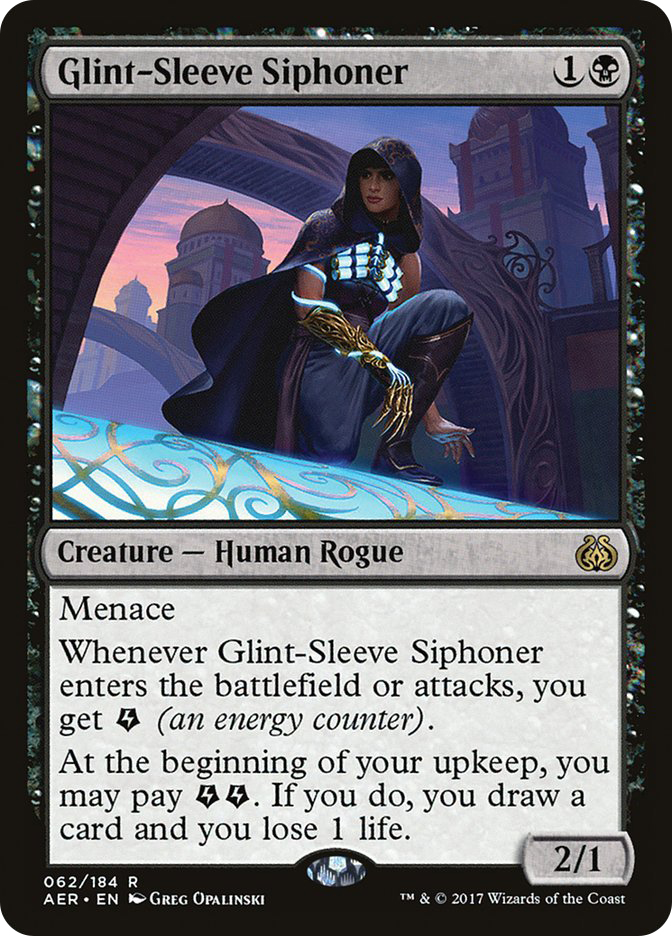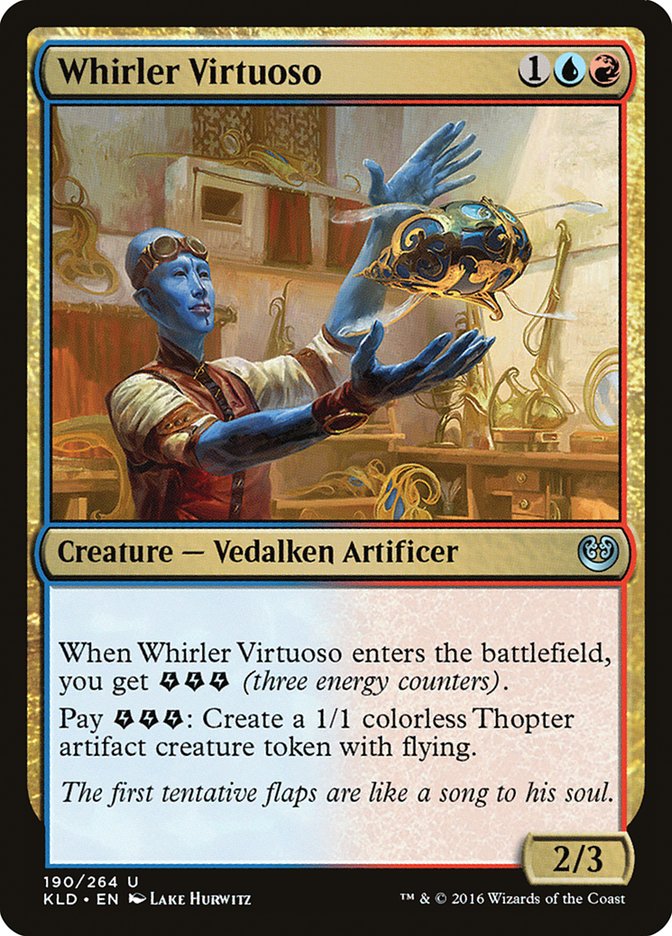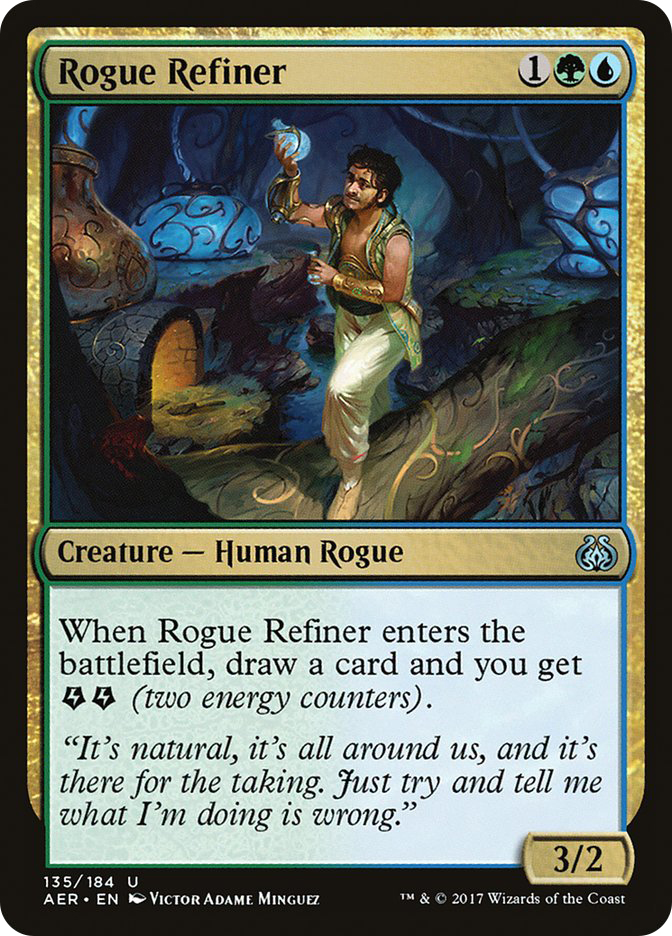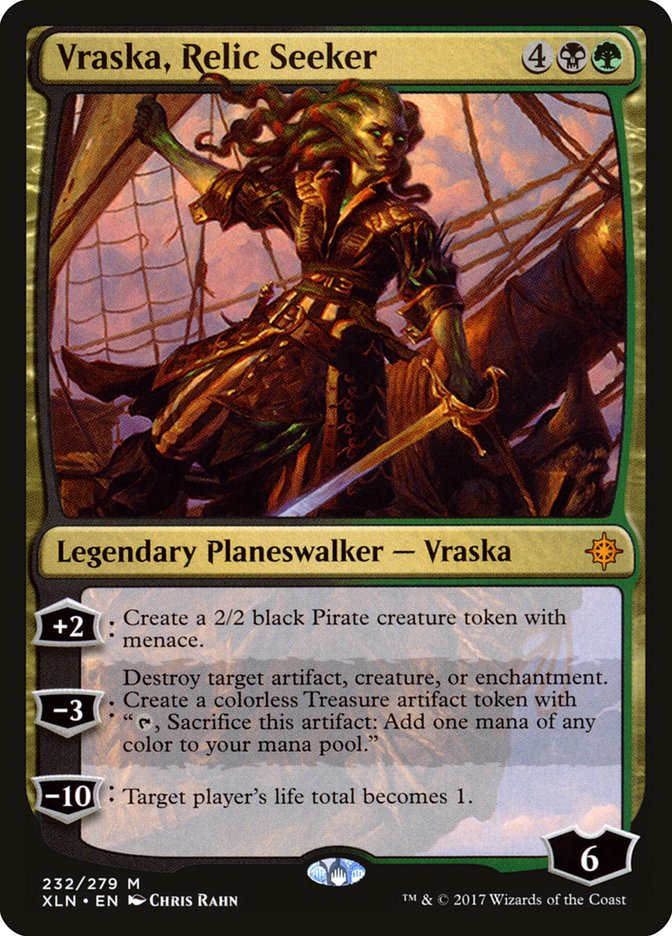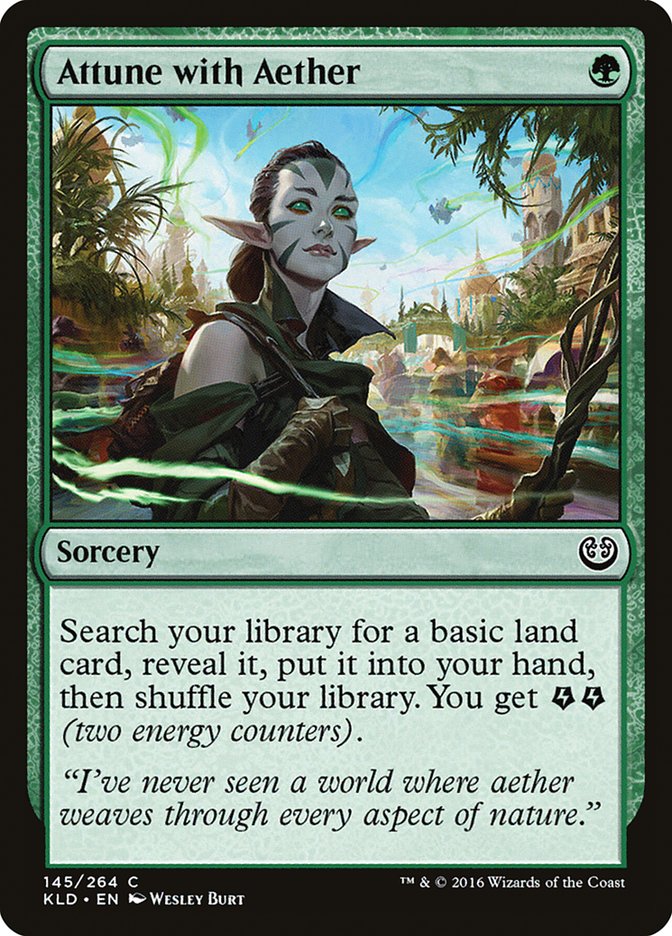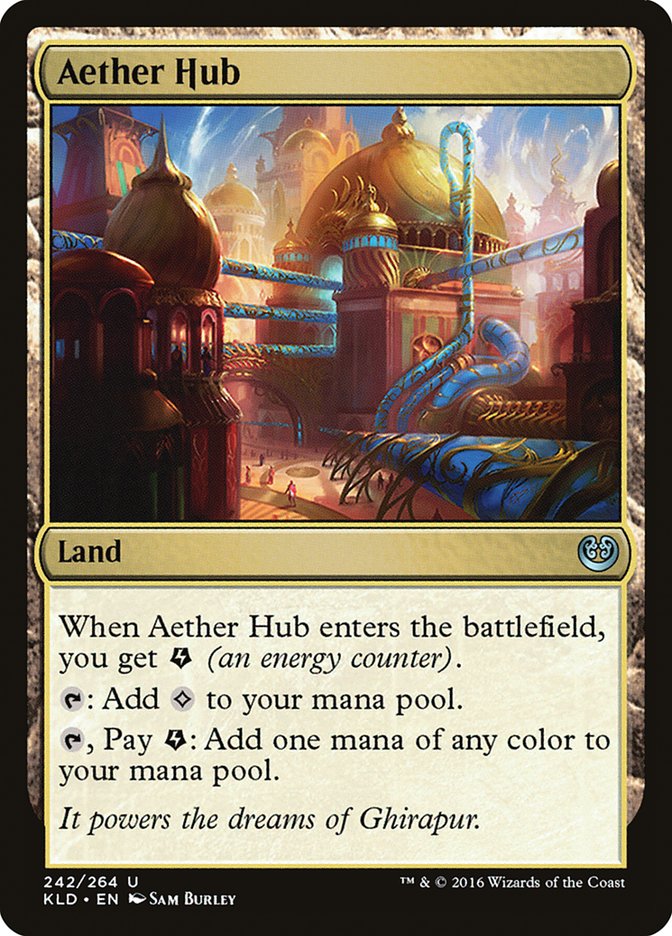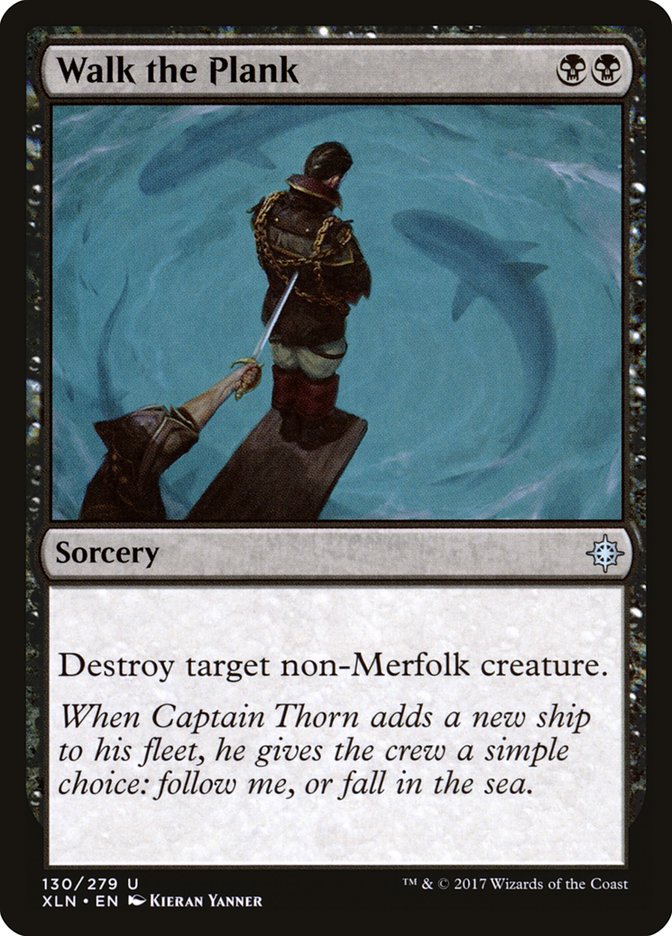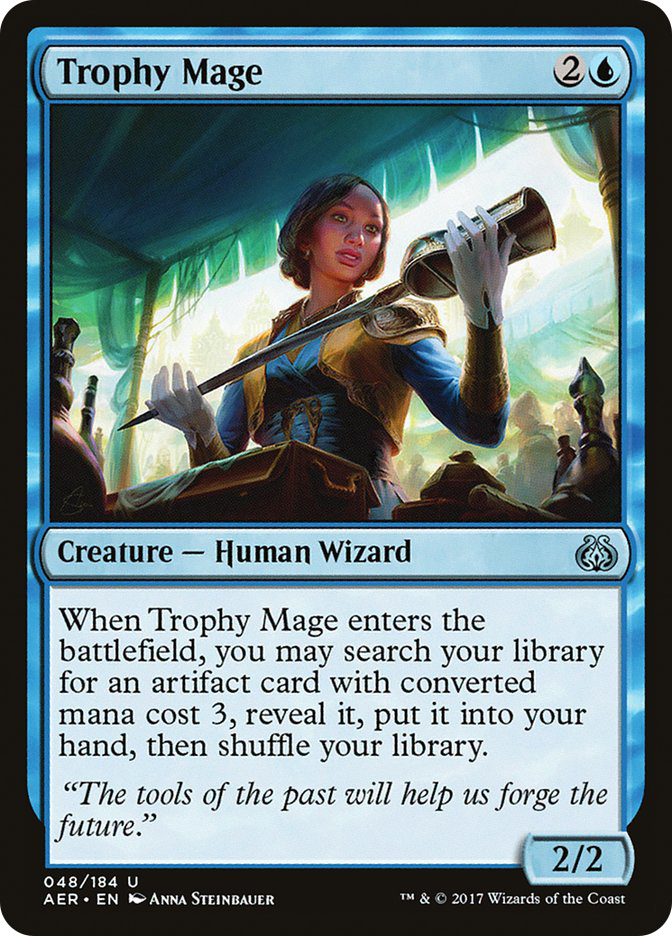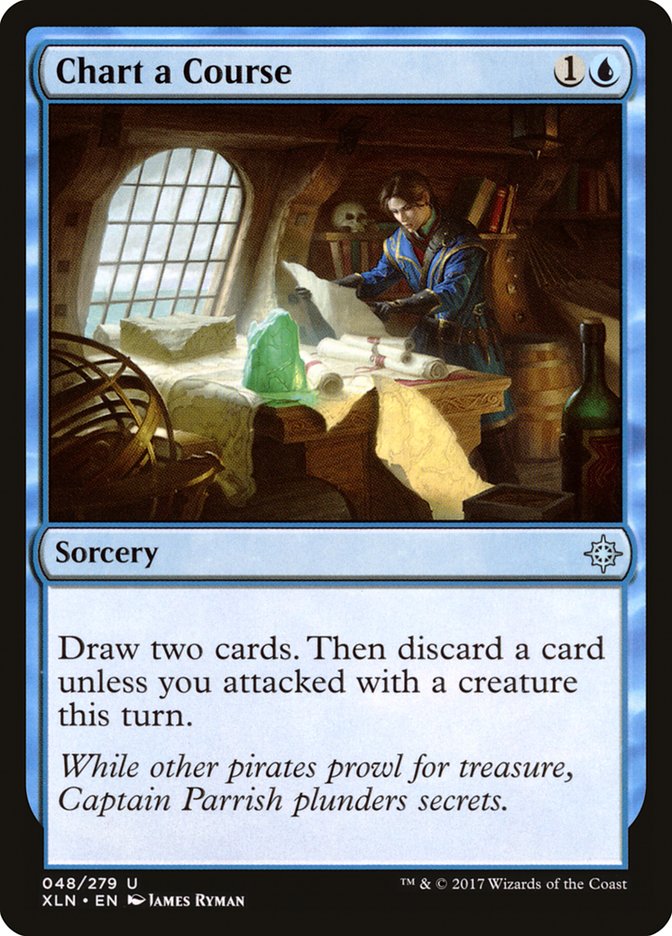Having participated in the previous two Pro Tours, I find myself sitting at home for this one. While I couldn’t be more excited to take a weekend off from travel, what with the upcoming Grand Prix in Atlanta only a week away followed by yet another amazing Team Open the week after that, I haven’t been more excited to play Standard since I got to cast Emrakul, the Promised End. While many people might believe that there’s not much beyond the many flavors of Temur Energy and Ramunap Red as far as what should be considered Tier 1 for the format, I’ve got some news for you!
This is the best Standard has been since before Collected Company was printed.
That statement doesn’t mean that we are without flaws in the format. Energy is still a pretty robust mechanic that will have a major impact on the Pro Tour, and if I had to guess, I’d say just over half of the expected opponents I’d play against at the event will be casting Attune with Aether.
While that sounds lame and repetitive, we’ve come to see some innovations to the Energy decks as of late. While I may not be participating in this specific Pro Tour and didn’t really put the time I normally would into solving the format, with the added time between the set release and the Pro Tour itself, I would safely say I would have narrowed it down to these two decks.
Creatures (22)
- 3 Gonti, Lord of Luxury
- 4 Whirler Virtuoso
- 4 Servant of the Conduit
- 4 Glint-Sleeve Siphoner
- 4 Rogue Refiner
- 3 The Scarab God
Planeswalkers (2)
Lands (22)
Spells (14)

This is certainly a deck like none we’ve seen before, and despite the relatively low amount of information on how well a deck like this could preform, I know that many players would flock to something like this if they hadn’t found something they liked up until this point. The first-glance opinion is that this is a Temur Energy deck leaning really heavily on its black splash for some impressive four-drops.
If there’s one card I expect to make a huge impact this weekend at the Pro Tour, it’s Gonti, Lord of Luxury. Why is it finally Gonti’s time to shine? The amount of midrange decks trying to grind out the opposing deck is at an all-time high. Temur Energy has proven that it can handle the early aggression of Ramunap Red as well as play the aggro/control role against the Search for Azcanta control decks with some help from the sideboard.
This is the newest evolution with the deck that doesn’t sacrifice too much against either of those matchups while gaining an edge in the mirror with Gonti, Lord of Luxury leading the charge. I remember being a huge fan of Gonti in the golden days of Traverse the Ulvenwald and Liliana, the Last Hope; no matter what kind of card advantage engine you had, Gonti, Lord of Luxury was better. While this deck doesn’t support any form of recursion in it to make it truly infinite, a 2/3 with deathtouch has never been better-suited to fighting a format full of Longtusk Cubs and Bristling Hydras. Bristling Hydra is rather ubiquitous in Temur Energy but often is too slow and clunky in a vast majority of matchups that you’ll commonly face in Standard, and the idea with this deck is that you should be gaining value at every step of the curve.
This deck doesn’t mess around with its removal. I think we all knew how good Fatal Push would be when we first saw it previewed; it’s a staple in Modern and has found its way into Legacy as well. Harnessed Lightning was a bit of a surprise, though. It may seem obvious, but Harnessed Lighting is the defining card in Standard at the moment. With the loss of Grasp of Darkness, there’s no efficient way to deal with cards like Glorybringer or even something as simple as Whirler Virtuoso aside from Harnessed Lightning. Sure, cards such as Hazoret the Fervent demand a different kind of answer, but pound for pound, Harnessed Lightning is the reason a deck like Temur Energy is better than a deck relying on Lightning Strike for its removal.
Did I mention how good the energy mechanic was? Even though this deck is sporting a full ten removal spells, between Glint-Sleeve Siphoner and Rogue Refiner, I’d say this deck has the most card advantage of any deck in the format, and that’s before the aforementioned Gonti, Lord of Luxury is taken into account. Whirler Virtuoso has taken up the mantle of best energy outlet since Aetherworks Marvel has left the format, giving you a super-sink for all that incidental energy you may have gathered until that, point playing both offense and defense depending on the matchup and battlefield state.
It’s no secret that the card you want to untap with more in this format than any other card is The Scarab God. It’s really not that difficult to do just that, either. With the clause all the Hour of Devastation Gods have to return to hand at the next end step unless your opponent finds a way to either counter or exile The Scarab God, it’s in there like swimwear, truly a dominant card when it’s on the battlefield, and I fully expect to see it win more grindy games than any other card, so be sure you have a way to deal with it or win before it gets active.
Vraska, Relic Seeker is a newcomer that has appeared in numerous decks from Sultai Energy to Abzan Tokens over the course of this format so far. She’s highly splashable and deals with everything your opponent could do outside of opposing planeswalkers, which you have her Contempt to aid you with. The big takeaway from this card is that eight is a heck of a lot of loyalty to fight through and sometimes in drawn-out situations you’ll easily get to her ultimate. Pairing that with the numerous tokens Whirler Virtuoso can make or a trigger from The Scarab God can see you winning a game that you’d have a nightmare fighting through otherwise.
The real cost to this deck is of course its manabase. Four colors of mana is a stretch to make work, but with the power of Attune with Aether and Aether Hub, almost anything is possible. I do believe that this combination of cards has created a lack of diversity in the format, much like we saw Green Sun’s Zenith do in Modern. While it’s certainly not as powerful as Green Sun’s Zenith, it’s a hindrance to deckbuilding, since most of the two- to three-color decks could simply incorporate Attune with Aether and Aether Hub and just become Temur Energy. That being said, I think that this more black-heavy version really just looks like a Jund deck from days of old, playing all the best cards and best removal with only Servant of Conduit as a card that doesn’t generate advantage or kill something. The sideboard is highly customizable and you can adjust it for any given metagame you expect to face.
The next deck comes as no surprise to anyone who’s watched my stream or has seen the deck I played at SCG Dallas or the Classic in Charlotte only a couple of weeks back.
Creatures (29)
- 2 Gonti, Lord of Luxury
- 4 Angel of Invention
- 4 Minister of Inquiries
- 4 Walking Ballista
- 2 The Scarab God
- 4 Champion of Wits
- 2 Hostage Taker
- 3 Kitesail Freebooter
- 4 Seekers' Squire
Lands (23)
Spells (8)
Sideboard

I did mention how I think that Gonti, Lord of Luxury will be a card that people will be playing a ton of. So why shave Hostage Taker for Gonti, Lord of Luxury? Functionally, they’re both medium four-drop creatures that gain some advantage depending on the game state. Hostage Taker affects the battlefield in a more drastic way and can be an answer to an opposing copy of The Scarab God if you’re lucky. Gonti, Lord of Luxury will always get value, assuming it resolves, and does a lot better job at fighting the ground-pounders in the format like Longtusk Cub or Bristling Hydra.
In a deck like this, you get to see a ton of cards by looting with Gate to the Afterlife or Champion of Wits, or just flipping cards into your graveyard via Minister of Inquiries, giving you access to numerous effects once you get your God-Pharaoh’s Gift online. From that point, flexibility becomes highly relevant, and having a split for when just getting back an Angel of Invention isn’t enough is a great option.
A card everyone and their mother wishes was an instant, Walk the Plank has continued to impress me out of the sideboard as more and more decks are playing these midrange threats that Fatal Push just can’t hit. Rampaging Ferocidon alone justifies Walk the Plank, as it’s a true nightmare for this deck and demands an answer, lest your Angel of Invention look like an embarrassing Kindercatch.
You’ll notice that I haven’t really changed much beyond that in the maindeck, with several slots being flexible, adapting to the meta that I expect. There are a few notable cards that are missing that I’ve often been asked about, and I want to go over my reasoning as why I’m not playing them.
This is the question I get asked the most. While in the previous format I was against the inclusion of Trophy Mage for a long time and eventually came to the realization that it was wrong for me not to be more all-in on the combo, this format is vastly different. With the loss of Insolent Neonate, turning on Gate to the Afterlife has been a bit more complicated, since you don’t have a one-mana card that can put three creatures to the graveyard by itself.
That was the original limiting factor I found for this deck to exist when the rotation happened and it wasn’t until I discovered Seekers’ Squire that I thought the deck would potentially be a contender. Seekers’ Squire gave the deck a whole new dimension where it could play a long game even without ever drawing Gate to the Afterlife. While, yes, you could just avoid getting into those games altogether by functionally adding more copies of Gate to the Afterlife with Trophy Mage, I believe that makes the deck significantly weaker across the board in post-sideboard games when your opponent has to focus their attention on stopping God-Pharaoh’s Gift from ever triggering. From there, cards like The Scarab God laugh at what should be a very good card against you in Abrade or Appetite for the Unnatural.
The takeaway for this should be that you’re probably playing the deck incorrectly and should be treating it as a midrange deck looking to fight the opponent on a normal axis more often than just being all-in on comboing them out and being dead to a single piece of disruption. Yes, I understand that sometimes it’s your only option and you should definitely go for it when you have to and sometimes crossing your fingers is the right way to go about it, but I think there’s a lot more to it than that when people start to realize you shouldn’t cast a second Minister of Inquiries on Turn 2 unless you’re playing against Ramunap Red.
This card requires much less explanation than Trophy Mage, since the reasoning is very simple. Chart a Course isn’t a creature, and while drawing cards and discarding cards is what this deck is all about, it’s not worth taking a turn off developing the battlefield to do that unless you’re on the play, which isn’t something you can count on. I learned this lesson at SCG Dallas the hard way, not having won many die rolls in that event and having to take it out numerous Game 3s during that event. It’s a good card, but I believe it takes way too much from the overall strategy simply by not being a creature.
I’ve fiddled around with some number of copies of this card, while it can be very powerful and this deck is capable of transforming it as early as Turn 3 if you lead with a Minister of Inquiries, it suffers from similar issues that Chart a Course does. While not being a creature, it can offer some selection with your draws that can lead to highly advantageous positions, with extra mana always being welcome in a deck sporting Champion of Wits. Yet this card needs to be cast on Turn 2 or it will almost always be too slow. I’ve experimented with as many as three copies of this card to help ensure I draw it on Turn 2, but from there I’d have two cards that have functionally no text on them when I’m topdecking later in the game. All in all, worse than Chart a Course in almost any matchup I could think of.
You can be sure I’ll be playing nearly the same 75 as posted above at the upcoming Grand Prix Atlanta, hosted by StarCityGames.com, and I have high hopes as to how well I’ll do. As for this weekend, I’ll be joining you all, watching to see if we’ve missed something or if it’ll be a repeat of Worlds, but I’d be willing to bet against the latter for sure!


